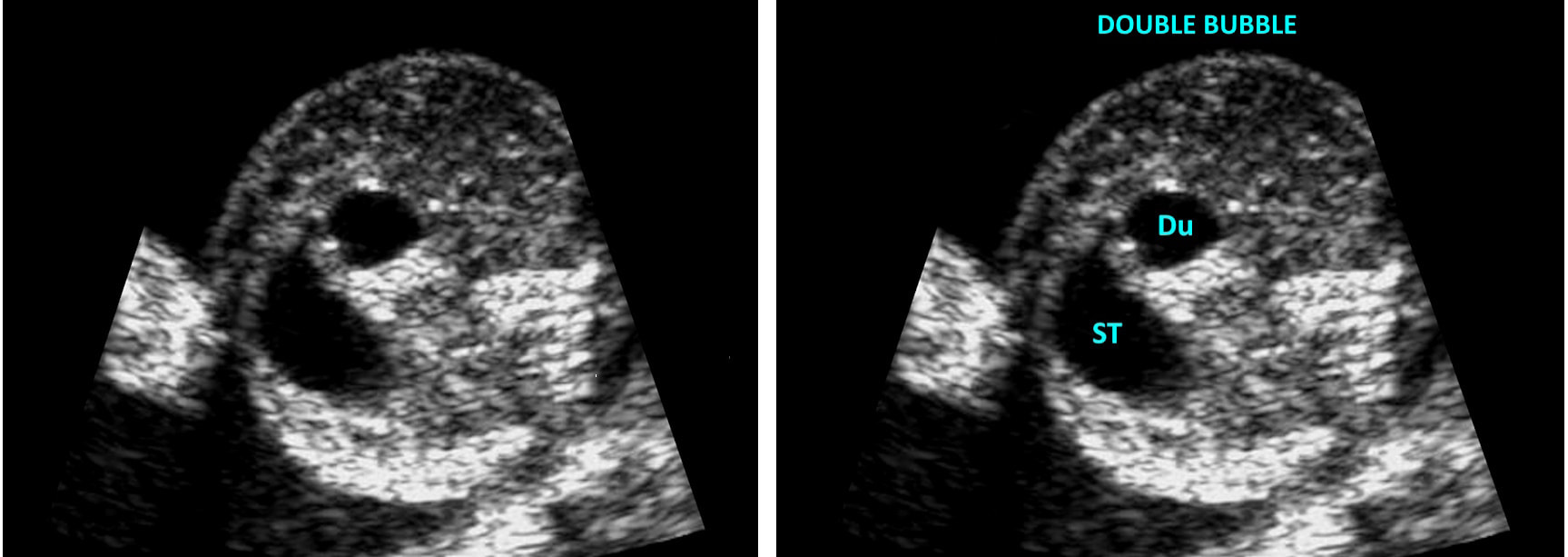|
Understanding Duodenal Atresia: Causes, Symptoms, and Treatment Duodenal atresia is a rare congenital condition that affects the development of the duodenum, the first part of the small intestine. It is a congenital intestinal obstruction awhich occurs when the duodenum is either completely blocked or narrowed, leading to problems with digestion and nutrient absorption. Let's talk about the causes, symptoms, and treatment options for duodenal atresia. Causes: Duodenal atresia is believed to be a result of abnormal development during the early stages of fetal growth. While the exact cause is unknown, several factors may contribute to its occurrence. These include genetic abnormalities, maternal diabetes, certain genetic syndromes such as Down syndrome, and exposure to certain medications during pregnancy. Symptoms: Duodenal atresia typically becomes apparent soon after birth. Some common symptoms after birth include:
Diagnosis: Duodenal atresia is typically diagnosed shortly after birth. However, it can be identified on prenatal ultrasound. Ultrasound findings include:
It is important to note that these ultrasound findings are suggestive of duodenal atresia, but they are not definitive. Additional diagnostic tests, such as genetic testing and fetal karyotyping, may be required for a confirmed diagnosis. Also, neonatal testing such as ultrasound and x-ray imaging can be helpful to diagnose and evaluate the severity.
Treatment: The primary treatment for duodenal atresia is surgery. The surgical procedure involves bypassing or removing the obstructed portion of the duodenum and connecting the healthy segments. The specific surgical approach depends on the severity of the condition.
Following surgery, infants will require close monitoring in a neonatal intensive care unit (NICU) to ensure their digestive system functions properly. They may receive nutrition through intravenous fluids until they are able to tolerate oral feeding. Prognosis: With timely diagnosis and appropriate surgical intervention, the outlook for infants with duodenal atresia is generally favorable. After surgery, most infants can resume normal feeding and achieve healthy growth and development. However, it is essential for parents and caregivers to follow up with regular medical check-ups to monitor the child's progress and ensure there are no long-term complications related to the surgery. With proper treatment and ongoing medical care, children with duodenal atresia can go on to lead healthy and fulfilling lives.
0 Comments
|
Details
Making Waves™All About Ultrasound presents Making Waves™, our ultrasound specific blog and newsletter. Join us here for ultrasound news, cases and more! Don't FORGET YOUR MERCH!Archives
May 2023
Categories
All
|




 RSS Feed
RSS Feed